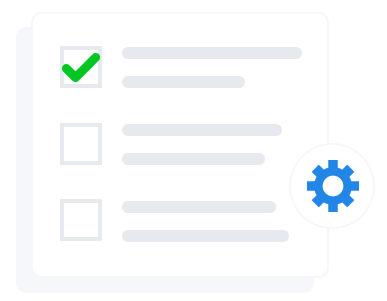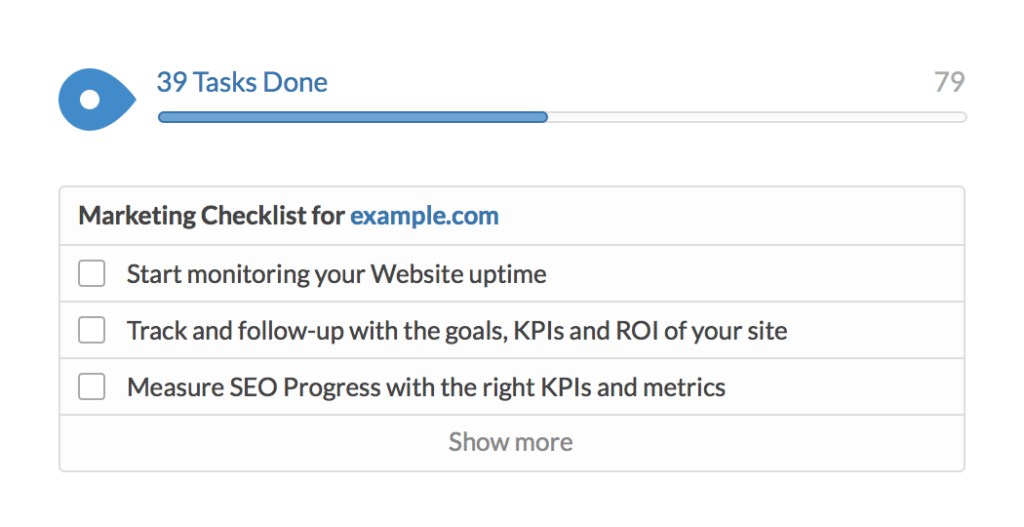In our example we will be creating a form for a download – like a whitepaper, guide, or eBook – where the visitor will fill out the form and then automatically receive an email that includes a link to view. You can apply this setup to virtually any Pardot form you need an autoresponder email for, just modify the email content to fit your needs.
If you need marketing automation or Pardot support, please contact us right away.
Create Pardot Autoresponder Email
1) Go to Marketing > Email > Templates. Click + Add Email Template

2) Add your template information including name, tags (optional), folder, campaign, etc.
The key here is to make you have Autoresponder emails selected at the bottom under ‘Available For’.

3) Select from available basic layouts, or use one of your own.

4) Edit the email template content
For this example, we have created a very basic email that includes a Pardot Variable Tag for the user’s first name and a link from them to view the whitepaper they downloaded.

5) Set Your Sender Details – who your email will be sent from, a custom reply-to email address (optional) and your subject line.

6) Publish to Template*
*Before publishing your template, we would recommend visiting the ‘Testing’ tab. Run a rendering test so you can see how your email will look in various email clients (ex: mobile devices, browser emails, Outlook, etc.). You can also send a test email to yourself or anyone on your team. The variable tags (like the First Name) we used above won’t populate, but it will give you a good idea of what your final email will look like.
Create Pardot Form
With your new autoresponder email created, you are now ready to create your new Pardot form.
1) Go to Marketing > Forms > New Form

2) Add the form name, tags (optional), folder, and campaign > Click Next

3) Add form fields (the information you would like the visitor to provide)
In our example, we are going to be asking for the user’s First Name (required), Last Name (required), Email (required), and Company (not required).
Related: How to Add Custom Prospect Fields in Pardot

To edit the field details, like required vs non-required, click the ‘Edit’ pencil icon.

4) On the Look and Feel tab you can set the ‘Submit Button Text’ and style your form.
For our example, we would like the submit button to say ‘Download’.

If you have already created a layout template, select that here. To learn more about creating layout templates for forms, click here.
5) Set Your Completion Actions
- Thank you content: You can add text that will be displayed after the form is submitted. If you will be using an autoresponder email, consider something like, “Thanks for your submission, please check your email…”.
- Thank you code: If you are tracking conversions on form submissions in Google Analytics, add your goal’s specific conversion code to this box.
- Always display form after submission: By default, a visitor who fills out your form and then returns to the page with that form within ten minutes will see the Thank you content instead of the form. For the most part, this default is the display of choice for our clients. However, if you would like the form to show always, select this box.
- Redirect to the following URL instead of showing the form’s Thank You Content: Have a custom thank you/success page you would like to send visitors to? Add that URL here and instead of seeing the Thank you content, form submitters will be redirected to any URL you put here.
- Completion Actions: select Send Autoresponder Email from the dropdown list. Then, select the email template you created.

Another completion action we typically use is Notify User. This allows you to set a member of your team to receive real-time notifications when someone submits the form.
6) Confirm & Save
7) Go to View HTML Code > Copy and paste the HTML code in your landing page where you would like the form to appear

There you go! Your form is now ready to use. You can monitor form success/activity by going to Reports > Forms > Click on the Form’s Name to see:
- Total views – the total number of times your form has been viewed.
- Unique views – if a visitor has viewed your form more than once, their views are deducted from the “total views” number above
- Conversions – the total number of times a visitor successfully filled out your form and therefore “converted” to a prospect.
- Total submissions – the total number of times your form has successfully been filled out.
- Unique submissions – if a visitor has submitted your form more than once, their submissions are deducted from the “total submissions” number above.
- Total errors – the total number of errors that occurred (ex: invalid email address, not filling out all required fields, etc.)
- Unique errors – if a visitor experiences errors more than once, their subsequent errors are deducted from the “total errors” number above
- Total clicks – the total number of clicks on your thank you page which appears after a form submission
- Unique clicks – if a visitors has clicked the links on your thank you page more than once, their subsequent clicks are deducted from the “total clicks” number above.
- Last submitted – the date and time that a form submission last occured



